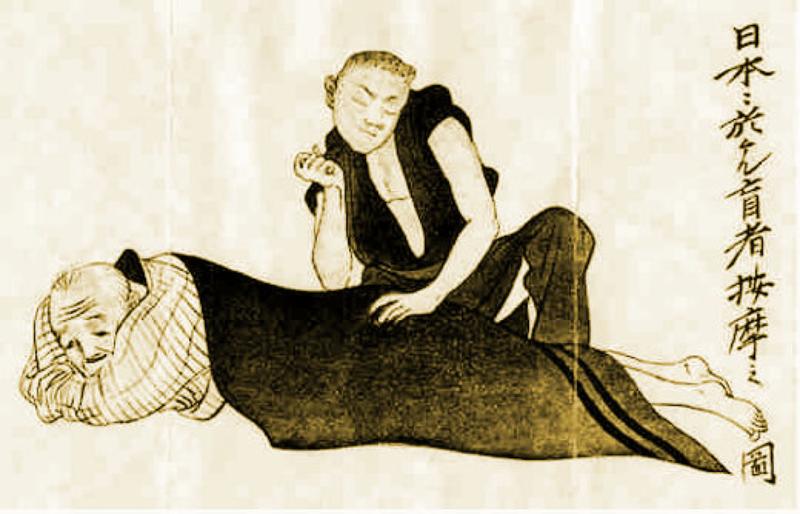Tui Na: The traditional Chinese massage technique to know
Tui Na: The traditional Chinese massage technique to know
Along with acupuncture, usage of plants, calming gymnastics (tai chi or qi gong) and food, Tui Na also makes up one of the pillars of traditional Chinese medicine. The massage relaxes the body and mind, and its primary objective is therapeutic. It is used to prevent and treat physical or psychological problems.
AT THE HEART OF THE CHINESE TRADITION
Everything is of Chinese origin, including masseuses who for the most part, are recruited directly into Chinese hospitals and healthcare networks. This is essential since Tui Na is not a simple protocol that we follow on the foot of the letter. It is a personalised treatment. The goal is to revive the flow of qi (vital energy) in the body and to remove potential bottlenecks that may be the cause of headaches, digestive disorders, fatigue, etc… From one session to another, care may therefore vary depending on our state of form to the therapist.
To re-harmonise the body’s energy, the masseur (or masseuse) practices a series of movements (friction, strong pressures – with fingers, hands or elbows or feet-handling, …) along the meridians. They represent in Chinese medicine the channels through which energy flows in the body. Suffice to say that if you are a fan of soft treatments with slow gestures and touches, it’s better to avoid this technique. Tui Na is not painful but it is invigorating. It revitalizes the blood and lymphatic circulation with a detoxifying effect on the body.
by Maureen Diament and Nur Syazana H. For Marie France Asia
Be the first to post a message!
